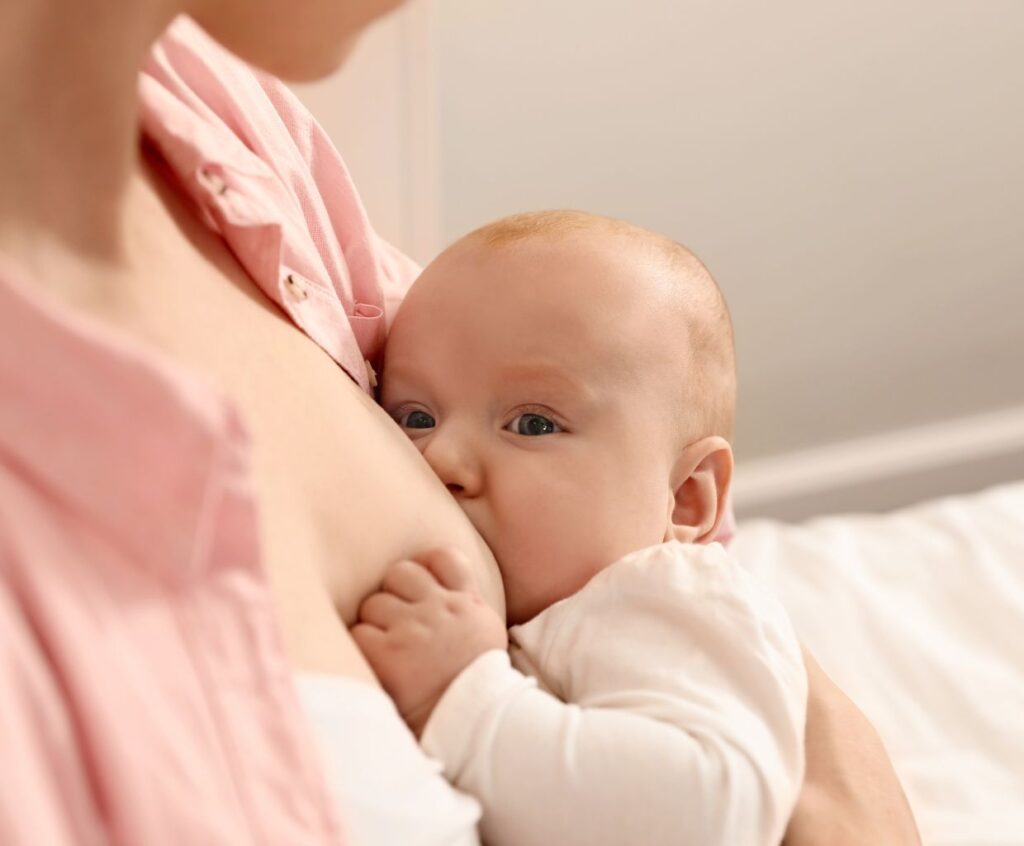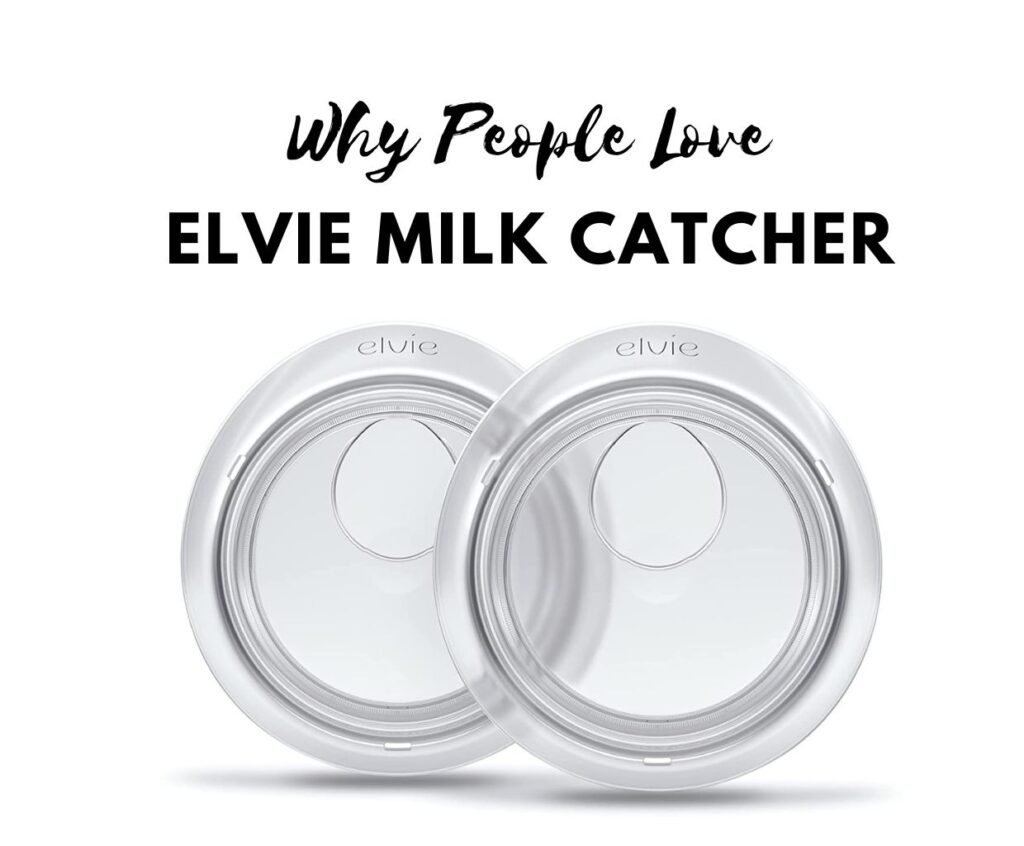Easy Steps for Using Breast Milk Collection Shells Effectively
Welcome to our article on the easy steps for effectively using breast milk collection shells. Breast milk collection shells are handy tools that can assist nursing mothers in collecting excess breast milk, preventing leakage, and providing comfort during breastfeeding.
This article will outline some simple steps to help you utilize these shells effectively and make your breastfeeding experience more convenient.
Step 1: Choose the Right Size
Before using breast milk collection shells, selecting the correct size that fits your breasts comfortably is essential. These shells come in various sizes to accommodate different breast shapes and sizes. Ensuring a proper fit will help prevent discomfort and ensure effective milk collection.
Step 1.1: Measure Your Breast Size
You can measure your breast size using a measuring tape or consult a lactation consultant to determine the correct size. It is essential to have an accurate measurement to select the shell size that suits you best.
Step 1.2: Choose the Appropriate Shell Size
Based on your breast size measurement, refer to the size chart provided by the shell manufacturer. Select the shell size that corresponds to your measurements. It’s important not to choose a size that is too tight or loose, as it may cause discomfort or hinder effective milk collection.
Step 2: Clean and Sterilize
Before using breast milk collection shells, ensure they are clean and sterilized to maintain proper hygiene. Follow these steps:
Step 2.1: Wash with Warm Soapy Water
Start by washing the shells with warm, soapy water. Use a gentle soap that is safe for use around babies. Thoroughly clean all parts of the shell, including the inner and outer surfaces and the collection compartment.
Step 2.2: Rinse Thoroughly
After washing, rinse the shells under running water to remove any soap residue. Ensure all soap is thoroughly washed away to prevent contamination of breast milk.
Step 2.3: Sterilize the Shells
You can sterilize the breast milk collection shells by boiling them in water for a few minutes or using a steam sterilizer. Follow the manufacturer’s instructions for the recommended sterilization method. Once sterilized, allow the shells to cool before use.
Step 3: Position the Shells Correctly
Proper positioning of the breast milk collection shells is crucial for optimal comfort and effective milk collection. Follow these steps:
Step 3.1: Place the Shells Inside Your Bra
Open your bra and gently place the shells inside. Ensure the shells are centered over your nipples and fit snugly against your breasts. The shells should be positioned in a way that allows them to collect any excess milk that may leak during breastfeeding.
Step 3.2: Adjust for Comfort
If needed, you can adjust the positioning of the shells to ensure maximum comfort. Everyone’s breasts differ, so finding the most comfortable fit may require trial and error. Avoid any tightness or discomfort that may occur from incorrect positioning.
Step 4: Empty and Clean the Shells
Regularly emptying and cleaning the breast milk collection shells is essential to maintain hygiene and prevent bacterial growth. Follow these steps:
Step 4.1: Empty the Milk
Once the shells are whole or when you finish breastfeeding, carefully remove the shells and empty the collected milk into a sterile container. This milk can be used for feeding or later following proper breast milk storage guidelines.
Step 4.2: Clean the Shells
After emptying the milk, wash the breast milk collection shells using warm, soapy water. Rinse thoroughly and sterilize them as mentioned in Step 2.3 above. This will ensure the shells are clean and ready for subsequent use.
Following these easy steps, you can effectively utilize breast milk collection shells to enhance your breastfeeding experience. Remember, every breastfeeding journey is unique, so feel free to adapt these steps to suit your individual needs.
How do breast milk collection shells work to help effectively collect and store breast milk?
Breast milk collection shells, also known as milk savers or milk shells, are devices designed to help collect and store breast milk that may leak from the non-nursing breast during breastfeeding or pumping sessions. Here’s how they work:
1. Placement: Breast milk collection shells are worn inside the bra, over the nipple, and areola of the non-nursing breast. They are made of two parts – a soft silicone shell that sits against the breast and a collection container that fits into the shell.
2. Collection: When a mother breastfeeds or pumps milk from one breast, the milk letdown reflex can cause leakage from the other breast. The milk collection shell is designed to catch this leaking milk and prevent it from being wasted.
3. Protection: The silicone shell is a barrier between the breast and the bra, protecting the nipple from friction and irritation. It also prevents the milk from soaking into the bra or clothing, keeping the mother dry and comfortable.
4. Storage: The collected milk is stored in the container attached to the collection shell. It can be refrigerated or frozen for future use. Some collection shells come with lids, allowing the container to be sealed and stored directly in the fridge or freezer.
5. Additional benefits: Breast milk collection shells can help with nipple soreness and engorgement. By preventing direct contact with the bra or clothing, they reduce friction and pressure on the nipple, promoting healing. The shells can also be used between breastfeeding or pumping sessions to collect any additional leakage.
6. Cleaning and maintenance: It is essential to clean the breast milk collection shells thoroughly after each use to maintain hygiene. Most shells are dishwasher-safe but can be hand-washed using warm, soapy water. Following the manufacturer’s instructions for proper cleaning and maintenance is essential.
Overall, breast milk collection shells provide an effective and convenient way to collect and store breast milk that would otherwise be lost. They can benefit breastfeeding mothers who experience leakage or have an oversupply of milk.


